Printed publication | E-book
Methodology for monitoring and evaluating traffic conflicts
Methodology for monitoring and evaluating traffic conflicts
Couldn't load pickup availability
The methodology presents a standardized procedure for training, monitoring and evaluating road traffic safety based on traffic conflicts. The text consists of three basic parts: The theoretical part presents the history of the method with important contexts and an explanation of its meaning and benefits, as well as an explanation of basic terms. If the reader is familiar with the method, he does not need to read this part. The practical part is the focus of the methodology, as it represents a "guide" on how to carry out monitoring and evaluation. The mentioned procedures can be applied at intersections and inter-intersection sections in intra-villan and extra-villan. Sample examples form the last part. The entire monitoring and evaluation procedure is illustrated using three real examples. This part can serve as a supplement to the previous instructions, e.g. in the form of a "checklist", on which the user verifies that he is proceeding correctly.
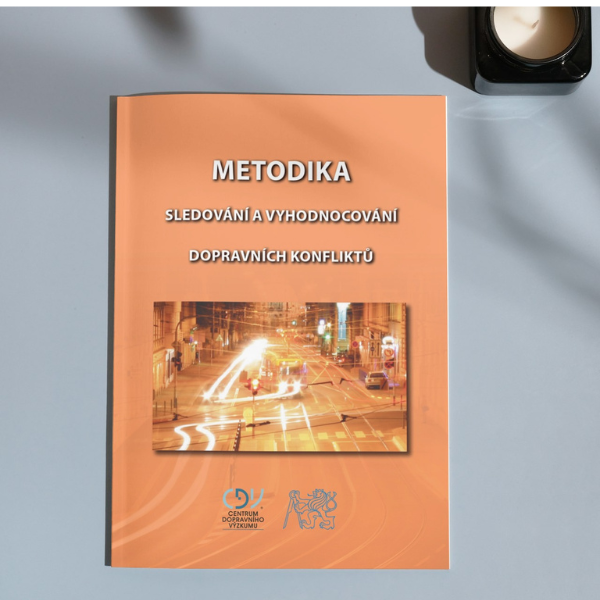
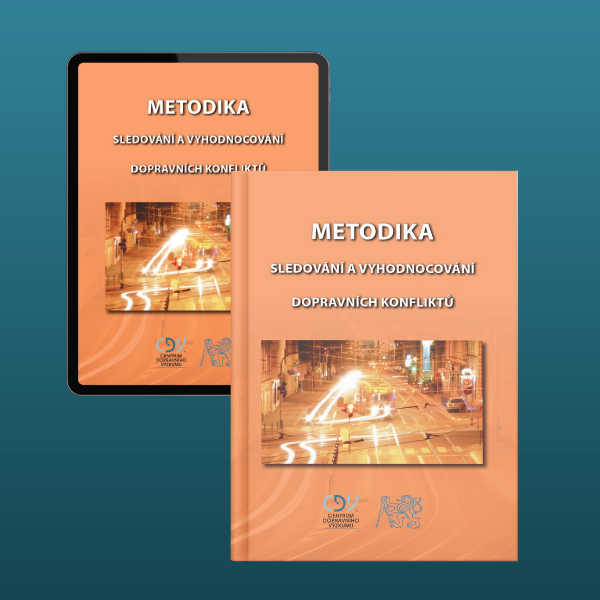


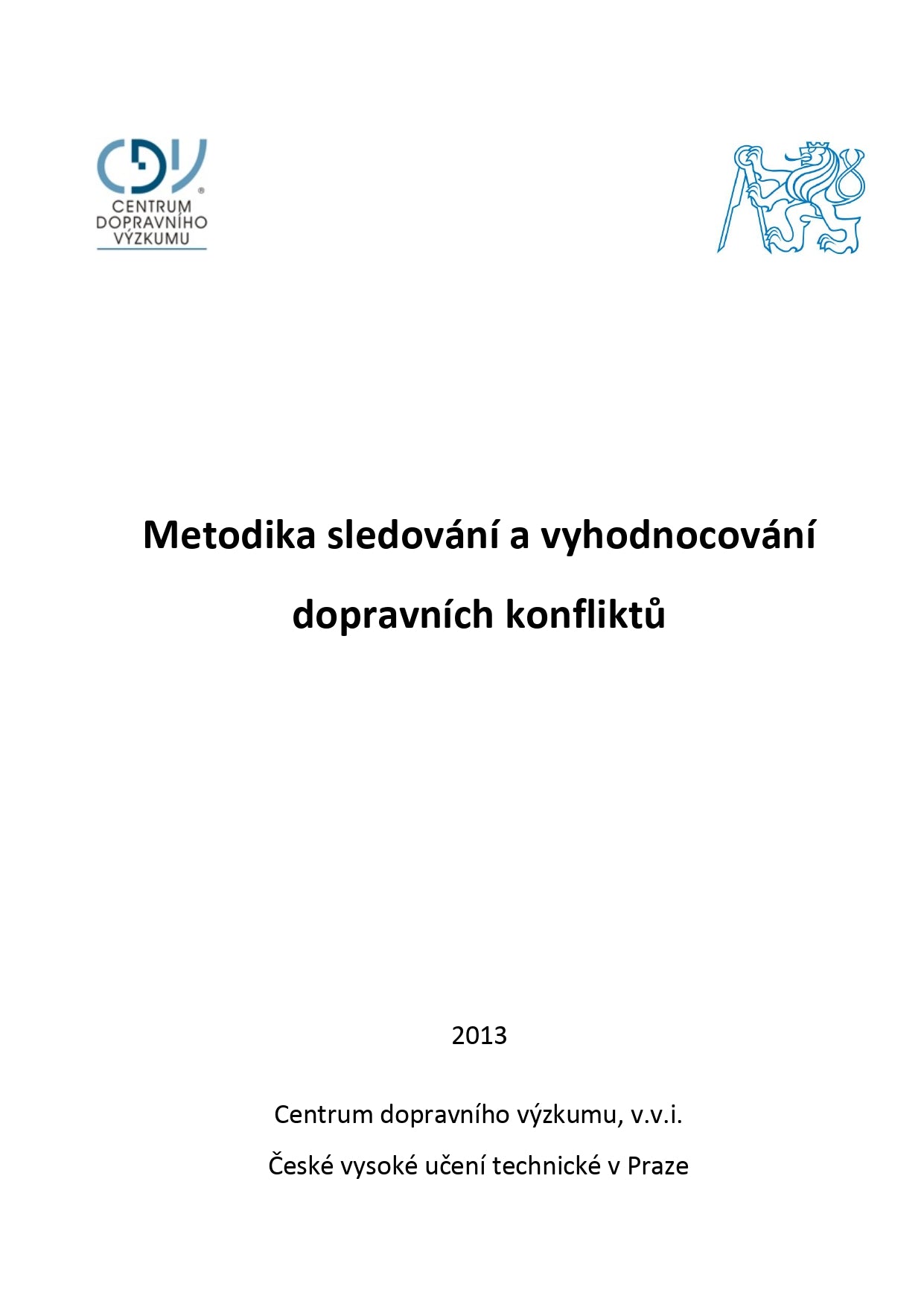
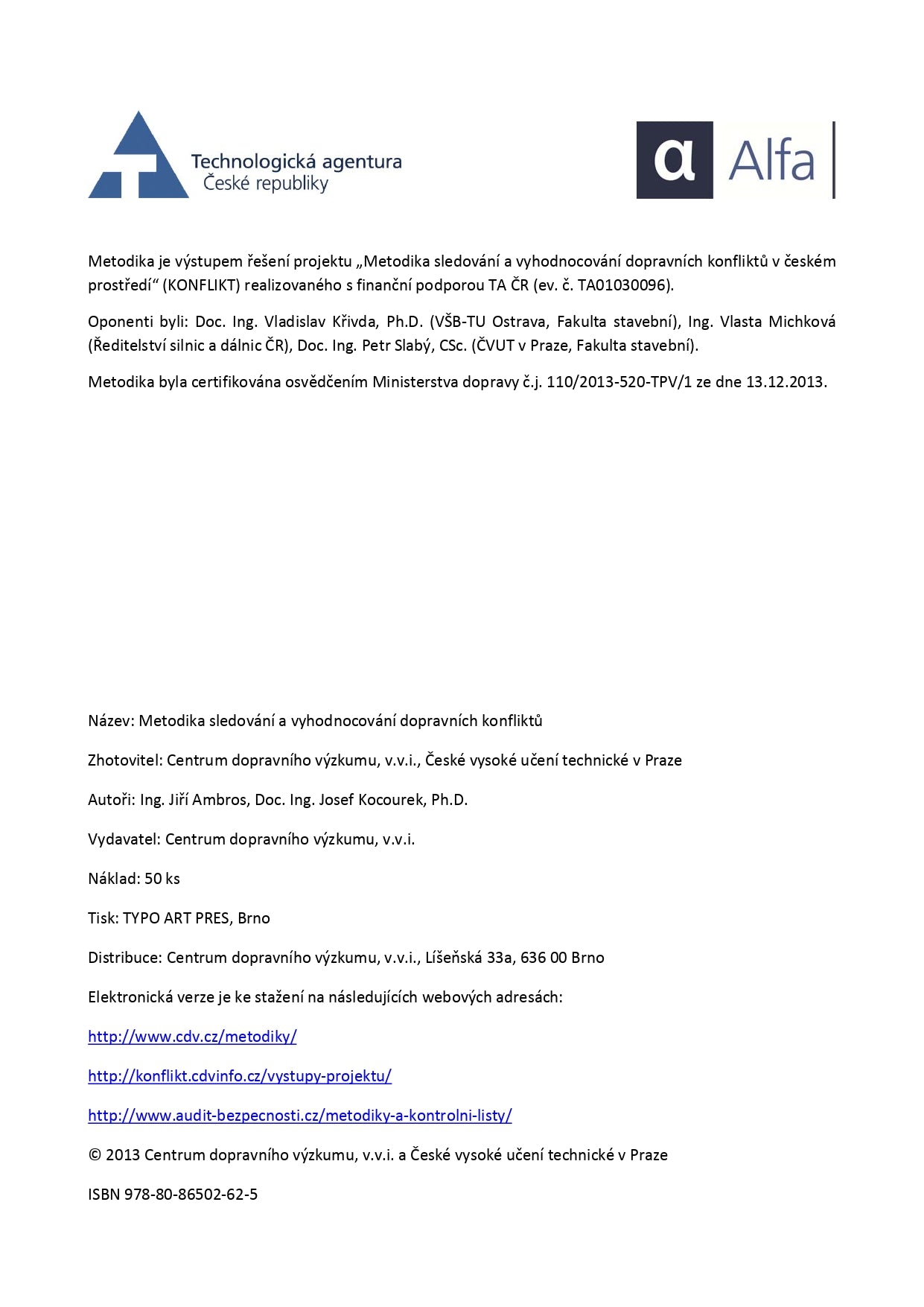
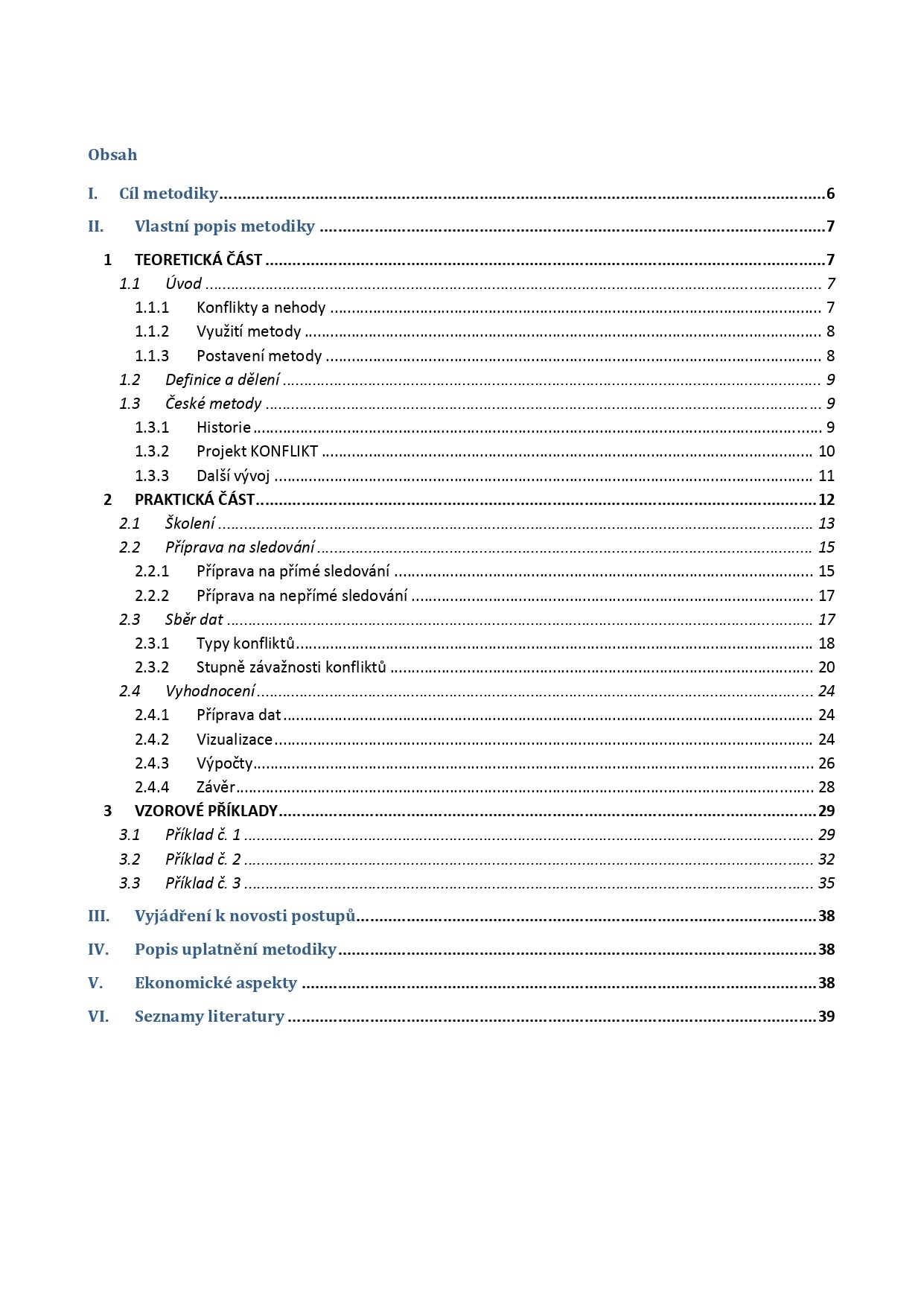
Detail
Author
- Ambrose J.
- Kocourek J.
Content
I. Objective of the methodology
II. Own description of the methodology
1 THEORETICAL PART
1.1 Introduction
1.2 Definitions and Divisions
1.3 Czech methods
2 PRACTICAL PART
2.1 Training
2.2 Preparation for monitoring
2.3 Data Collection
2.4 Evaluation
3 SAMPLE EXAMPLES
III. Statement on the novelty of procedures
IV. Description of the application of the methodology
V. Economic aspects
Dedication
This methodology was created with the state support of the Technology Agency of the Czech Republic as part of the ALFA Program, as part of the project TA01030096 Methodology for monitoring and evaluating traffic conflicts in the Czech environment.
www.tacr.cz
Colophon
ISBN 978-80-86502-62-5
Release year: 2013
Year of publication
2013






